High intensity storms that battered Scotland over winter brought misery to many, including residents of Brechin and Cupar whose homes were dramatically flooded.
But with climate change-linked river and coastal flooding predicted to rise, does this make it more difficult for people in flood-risk areas to get insurance or sell their homes?
Will residences and land in flood-risk areas eventually have to be abandoned?
Do local authority planners have to do more to prevent future problems?
Cupar resident Matt Hooper woke to discover “two to three feet” of water in his bedroom after his ground floor home was flooded by the Lady Burn during Storm Gerrit a few days after Christmas.
The 40-year-old local photographer, who also works as a front of house assistant at Caulders Garden Centre in Cupar, had to be rescued from his rented Burnside property by emergency services.
He lost all of his furniture, half of his book collection, almost all of his clothes, and his late housemate and friend’s entire professional photography portfolio.
His Mac was also destroyed, along with one of his cameras.
He estimates the cost of damage and loss of his stuff to be in excess of £5,000.
Unfortunately, however, Matt was not insured.
It also turned out that his landlady’s insurance did not cover her for flooding in this known flood-risk area.
This meant the letting agent could not temporarily re-house him.
He was “homeless” for three weeks – sofa surfing with work colleagues and friends.
He now rents a top floor flat on the same street, costing him £120 per month more than the flooded property.
‘People will probably have to accept they need to move elsewhere in future’
Speaking to The Courier ahead of a public meeting about Cupar flooding last Monday night, Matt believes “tough decisions” will need to be made about the viability of living in flood risk areas in future.
During the meeting, hosted by Cupar Community Council and chaired by MSP Willie Rennie, it was confirmed that seven of nine evacuated families have yet to return home.
“In general terms I do think that certain areas of the world, UK and indeed Cupar, will become uninhabitable in the future,” said Matt.
“In the four years I have been a resident I have seen the Eden flood on the orchard walk multiple times, inundating properties near the South Bridge, and impacting businesses on the river bank.
“In regards to my own personal experience on December 27, the flood happened so quickly it was difficult to defend against.
“Significant work will have to be done to the burn in order to avoid it doing similar damage again.
“Make no mistake – lives were at risk, including my own.
“But to me there’s no doubt some genuinely tough decisions will have to be made in the future.
“Several properties on Burnside remain empty two months after the flood.
“With the River Eden cutting straight through the town and the burn running through a major residential part of the town centre, people will probably have to accept they need to move elsewhere in the future.”
Insurance headache for Brechin man who ‘lost everything’ during Storm Babet
Some 400 properties across the Angus area, mostly in Brechin, were gutted when record-breaking weather wreaked havoc during Storm Babet in October.
Amongst those who “lost everything” when the River South Esk breached flood defences was 82-year-old home owner Ian Stewart of River Street.
After initially vowing to stay put in his home, him and his wife agreed to vacate after being warned the flooding was going to be worse than thought.
Recalling floods in the area when he was a boy, floods in 2002 caused £25,000 worth of damage to their property.
But the five feet of water that engulfed his house in October was the worst he’d ever seen during the 39 years he’s lived there.
Now living in rented accommodation in Forfar while his “gutted” Brechin property is the subject of an insurance claim, Ian said uncertainty remains over future insurance viability.
“We’ve been told through the grapevine that they are not going to insure us again for next year, although that’s just hearsay,” said the retired quality control baker.
“The insurance company is looking after us at the moment – it’s an ongoing situation.
“Because it’s in a flood risk area, I was hoping they would give me a price and take it away.
“But they are going to do it up.
“When we were flooded in 2002 – out for 10 months – it cost £25,000 to cover repairs.
“But I don’t know what it’s costing this time.
“What I do know is my insurance premium nearly tripled when I renewed it last year.”
What do the insurance companies think?
The Association of British Insurers (ABI) warned in December that storms Babet, Ciaran and Debi alone were likely to cost the UK’s insurance companies £560 million.
According to a report by accountants PwC, previous storms are estimated to have cost the Scottish economy up to £700m.
Widespread flooding is putting upward pressure on home insurance prices, which have already been rising swiftly as insurers respond to inflation in rebuilding costs and the effects of a warming climate.
As storms become more frequent and severe, the insurance sector is having to continually adapt to these challenges, embracing innovation, collaboration, and robust risk management strategies.
But what’s the point of paying to do up a home if it’s simply going to be flooded again?
Does the government eventually have to step in and buy these properties to help people move out?
Or will people be expected to live there and deal with regular floods, or abandon them for no money?
Moving populations is ‘absolutely on the cards’, say Dundee experts
Dr Andrew Black of Dundee University is a leading hydrologist with 30 years’ experience, mostly in Scotland’s rivers.
Looking to the future and the predicted realities of climate change, he says moving populations away from flood-risk areas “absolutely has to be on the cards”.
He says it makes sense to pre-empt the situation amid climate change data trends.
“As soon as insurers are involved to try and make good the damages that have occurred to properties, in a sense we are perpetuating the problem,” said Dr Black.
“The perspective of being flooded tends to give rise to a desire to make things better, and that can be trying to put things back to how they were.
“But unfortunately with the scale of the increases in flood risk that are now being brought to our attention, putting things back to how they were before probably isn’t a very smart move.
“It looks like it might often be unsustainable.”
‘We’ve got to learn to work with nature rather than against nature’
Professor Robert Duck, emeritus professor of environmental geoscience at Dundee University, also believes there has to be a change in mind-set when it comes to rising sea levels and coastal flooding.
The intensity of “storminess” experienced in recent months is the “new normal”, he said, and it’s “definitely going to get worse”, increasing coastal erosion and damage to old piers, properties and sea walls.
Rather than “defending at all costs”, when it comes to rising sea levels in the Tay estuary, for example, some areas of developed land may eventually have to be returned to nature on grounds of practicality and cost, he believes.
“If you think about old structures that are getting damaged now, in Victorian days it was very much seen by civil engineers that it was a noble pursuit to keep the raging sea at bay, the sea was the enemy,” said the 68-year-old, who is chairman of the Tay Estuary Forum.
“But now the chickens are coming home to roost.
“That’s why we are seeing these old structures getting damaged.
“We can’t just go on defending. We’ve got to learn to work with nature rather than against nature.”

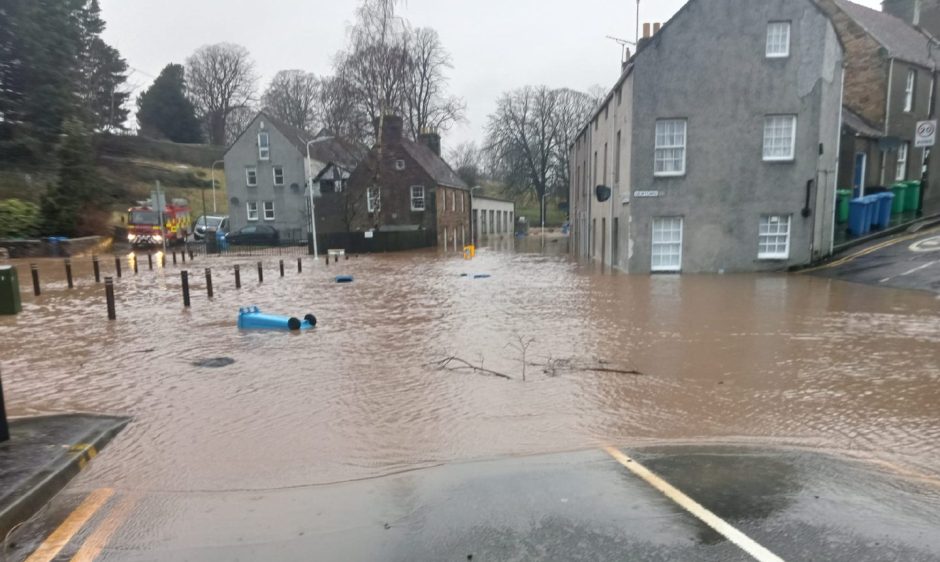
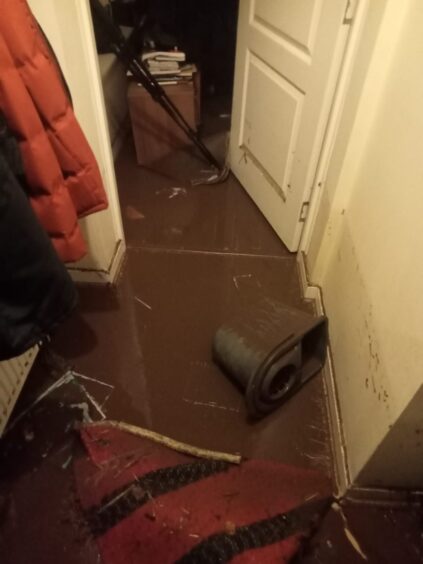
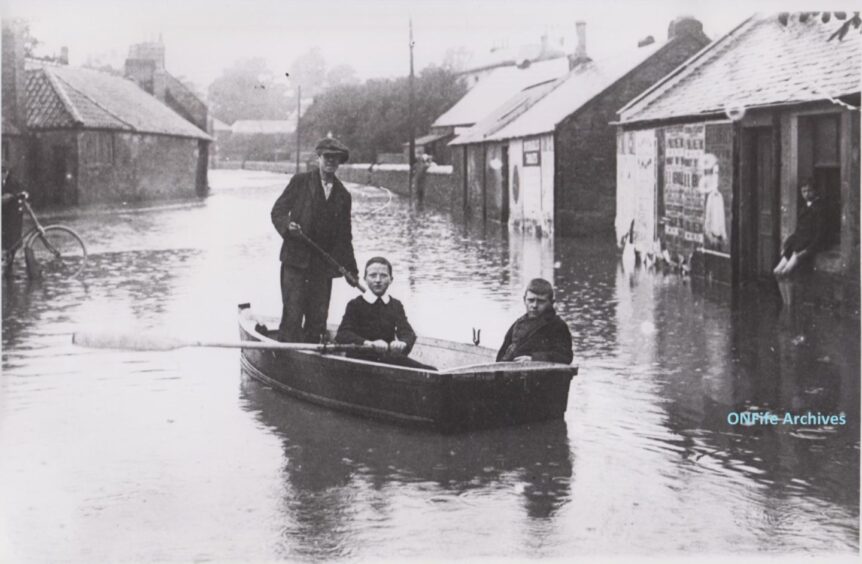

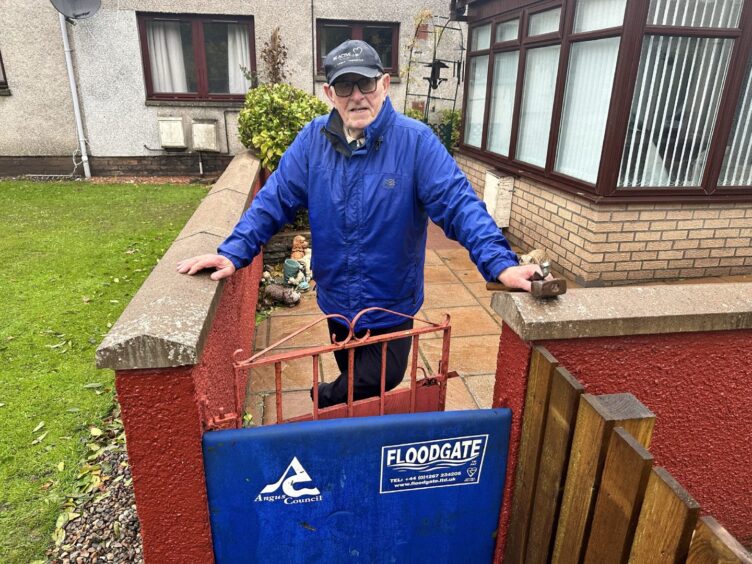
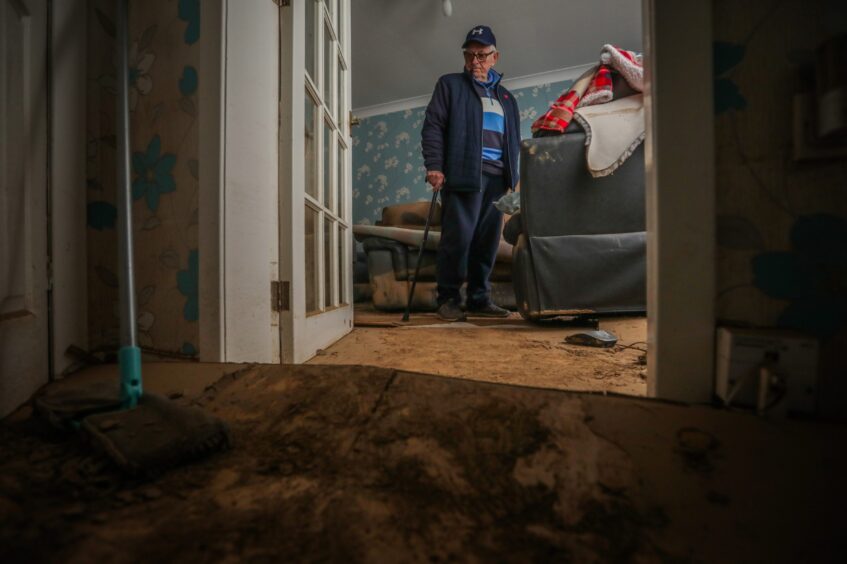
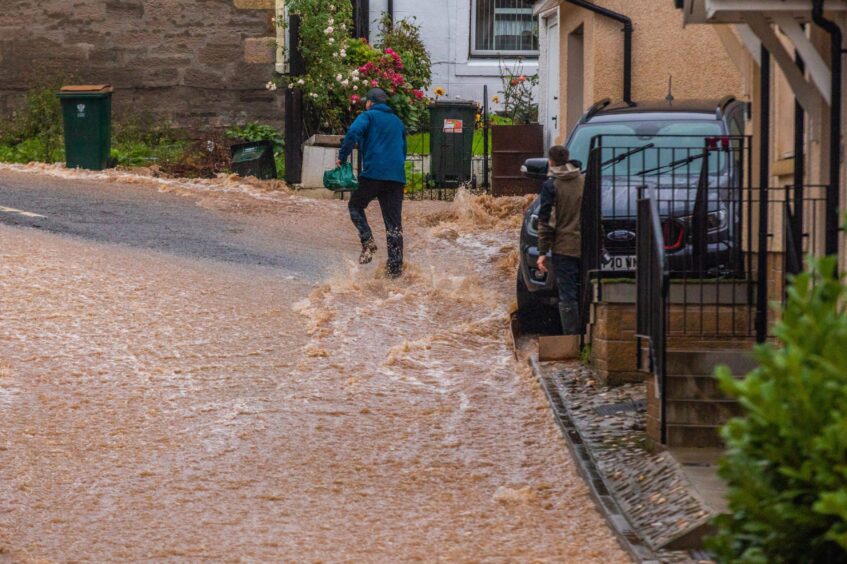
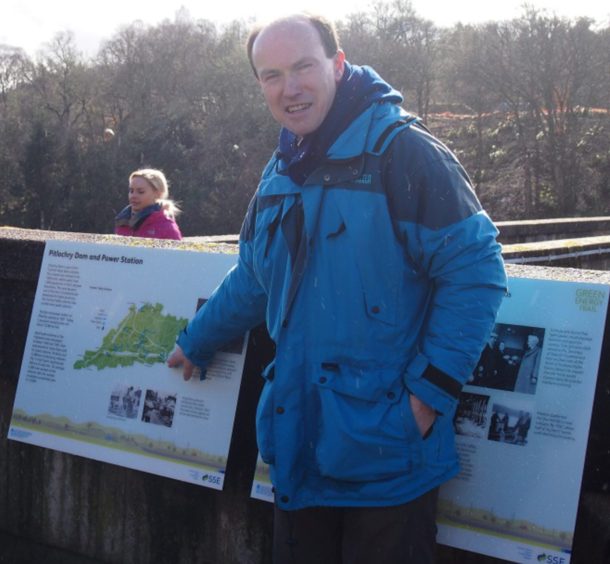


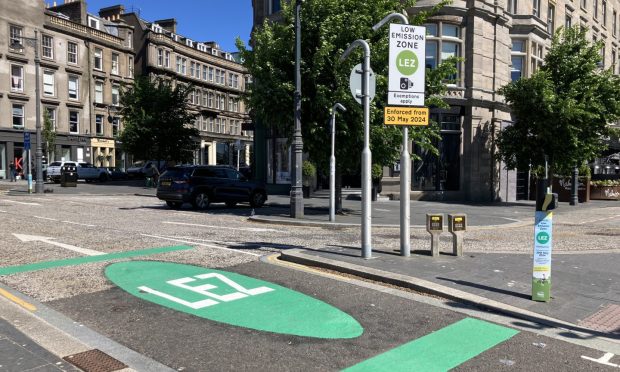

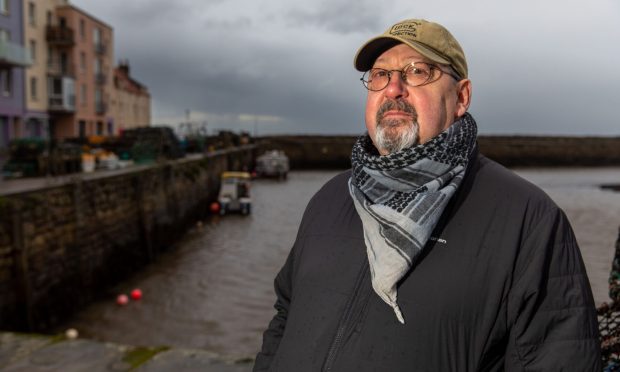

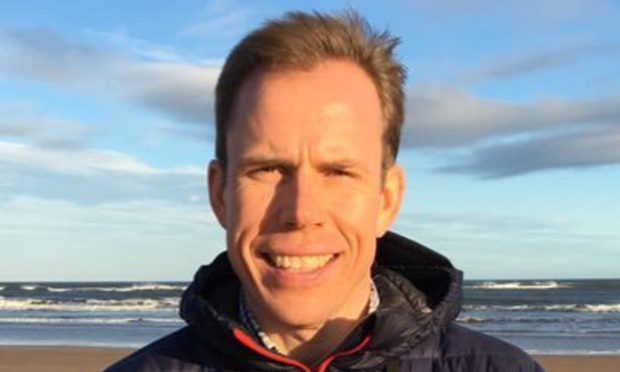
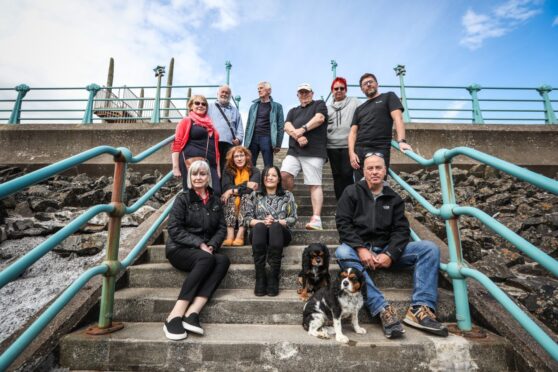
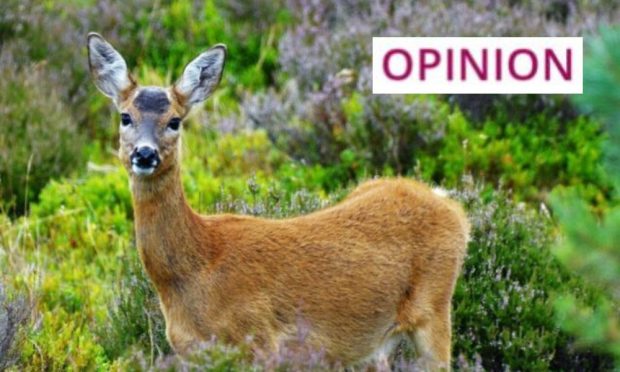
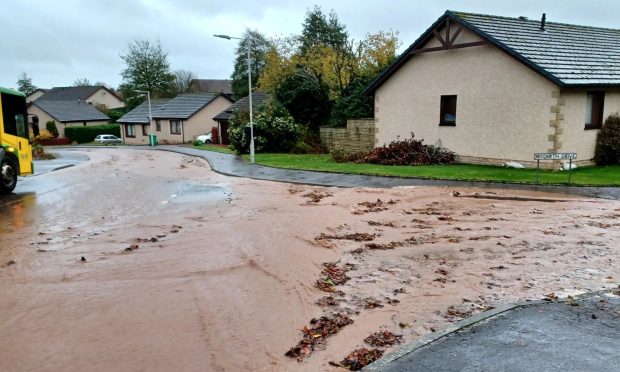
Conversation